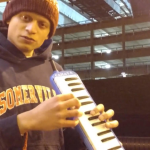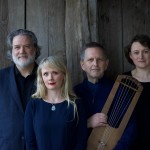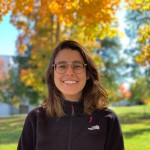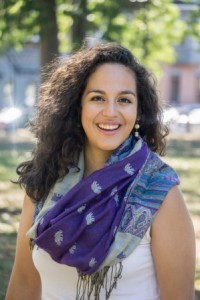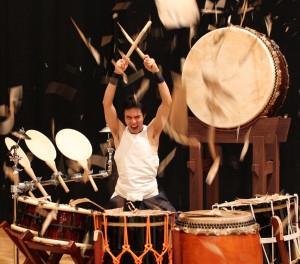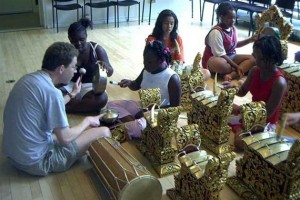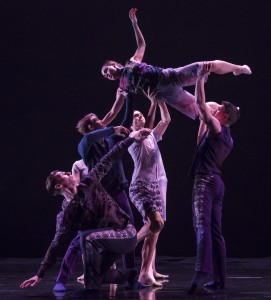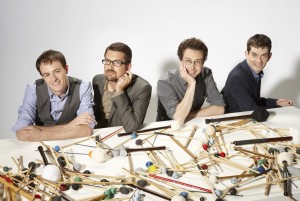On February 23rd, Music and Linguistics Major Lili Tobias ‘19 presented her paper titled, “‘All my heart, in this my singing:’ Amy Beach and the Women’s Clubs of New England,” at the American Musicology Society – New England (AMS-NE) Chapter’s winter meeting. The AMS-NE Chapter’s winter meeting invited proposals for roundtable sessions or workshops (pedagogical, performative, and/or scholarly). Successful proposals would position the author’s contribution with respect to previous scholarship, and suggests the paper’s significance for the musicological community.
The paper that Tobias presented at AMS-NE began as her senior comprehensive paper that she wrote for her music major. Under the guidance of Professors Barbara Milewski and Jon Kochavi, Tobias chose late 18th to early 19th century American composer, Amy Beach, as her research topic. “My main argument is that her music is best discussed and analyzed within the context of other music written and performed by women,” Tobias said. “This is because Beach wrote most of her music to be performed by musicians in women’s music clubs throughout New England, which is clear from her choice of instrumentation (piano and voice, mainly).”
Tobias further noted that Beach’s choice of instrumentation matches the skills of the women musicians in those music clubs. “From a theoretical perspective, too, Beach’s harmonic language matches that of other music written by women during this era,” Tobias said.
It was not a difficult choice for Tobias to research Beach’s music for her senior comprehensive paper, since Tobias enthusiastically exclaims that Beach is her favorite composer. Not only that, Tobias saw a point of intervention to previous scholarly research on Beach’s music. “I wanted to address the problems with many accounts of Beach’s music, since they often focus on her large-scale compositions,” Tobias said. “By writing about her songs, I hoped to emphasize that these small-scale works were integral to her career as a composer, specifically because they brought about social music-making within women’s music clubs.”
Tobias was grateful to have had the opportunity to share her research with the public and to be a part of this year’s AMS-NE conference. Tobias highlighted the fact that this year’s conference had so many presentations on music composed by women. Because of this, many presentations overlapped with topics that Tobias discussed in her paper, creating highly engaging conversations.
Tobias also had the opportunity to attend and support another Swarthmore student paper presentation at a different musicology conference. Recent graduate Rachel Hottle ‘18 presented her paper titled, “Influences of Bluegrass and Radiohead on Metric Complexity in the Punch Brothers,” at the 2019 Rutgers University Musicology Society (RUMS) conference. The Punch Brothers is a progressive bluegrass ensemble. In the paper, Hottle “proposes a comparative genre analysis of metric complexity in Punch Brothers, which highlights the influence of metric conventions common in bluegrass and the progressive rock style of Radiohead.”
Currently, Tobias does not have any specific plans to expand her own paper, however, she does want to do more research on the topic. Particularly, Tobias said “I would love to expand on the theoretical section, since I’m more of a theory person than a musicology person. I only got to collect data from three of Beach’s songs, so it would be great to do an entire corpus study of all her songs in order to provide better support for the main argument of the paper.”
David Chan ’19


